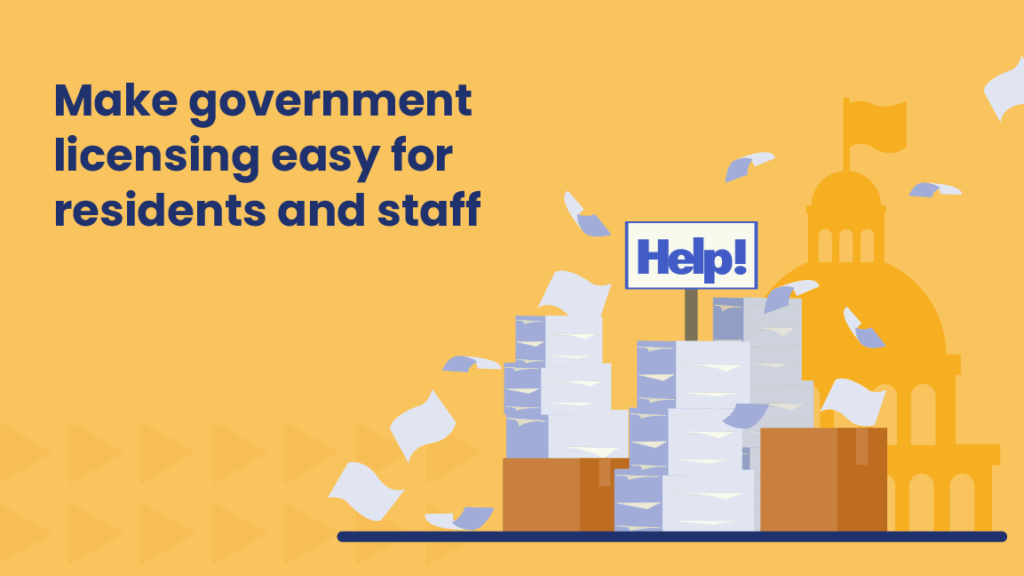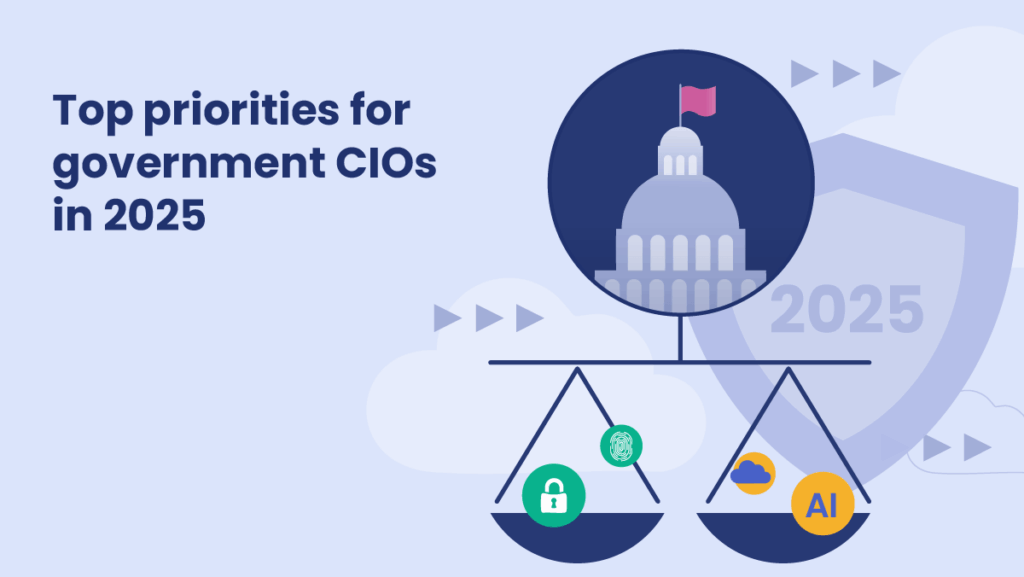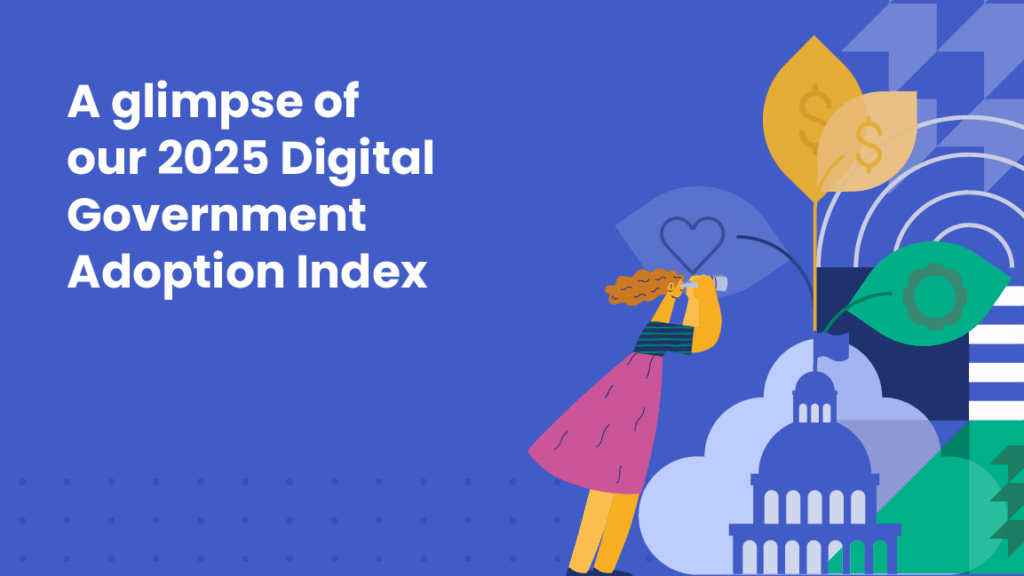Trustworthy chatbots for government. Too good to be true?

Navigating government bureaucracy is a daunting task. Many residents have been feeling this way since their first driver’s license renewal. Over the years, innovative public agencies have worked hard to become more accessible to their customers. Today, common public sector innovations look like refreshed websites or integrations with artificial intelligence (AI). But not all technology is a silver bullet. When implemented without careful consideration, cutting-edge technology can actually feel like a step backward for the residents that it’s supposed to assist.
This blog post will dive into Conversational Workflows, the tool that is making meaningful improvements to resident interactions at agencies across North America. We’ll explore how Conversational Workflows bring accuracy, trust, and configurability without introducing overly complex artificial intelligence.
So, what the heck is a Conversational Workflow?
A Conversational Workflow is designed to guide users through complex interactions, making tasks clear and easy to complete. Residents are presented with a short series of clickable speech bubbles and text fields that bring them through a desired process. It’s akin to having an agency expert standing by a resident’s side, explaining how to apply for a critical permit or pay a utility bill.
How is it different from a chatbot or artificial intelligence?
The key distinction is that the agency has complete control over the Conversational Workflow — there is no artificial intelligence or large language model (LLM) chatbot that can go off script with generic or inaccurate responses.
I’m starting to get the lay of the land! How can a Conversational Workflow help my agency?
Ultimately, Conversational Workflows reduce barriers to entry for residents and increase transaction volume while decreasing support costs. Let’s dive into the three key benefits of Conversational Workflows:
1. Format Familiarity
The Conversational Workflow is designed to emulate an SMS-style (text message) conversation — something that most people are familiar with in today’s digital landscape. Suddenly, residents can navigate government bureaucracy without the need for extensive training or user manuals. The intuitive approach results in increased resident satisfaction and engagement while enabling support resources to focus on higher-value tasks.
2. Trust & Accuracy
When dealing with government agencies, trust and accuracy are paramount. The workflows are designed directly by the agencies. Once the agency approves what information is presented to the resident, the workflow does not change. No AI randomly attempting to fill in gaps here. All processes and data come straight from the source, ensuring residents’ interactions are consistent.
3. Ease of Configuration
Configuring technology in the government sector can often be a cumbersome and costly process. However, Conversational Workflows stand out as a user-friendly and configurable low-code solution. PayIt actually has a dedicated team that makes the setup process a breeze. Conversational Workflows are a practical choice for governments who are focused on modernizing while reducing time and cost barriers.
Staying ahead of the curve is easy
Conversational Workflows are something that residents are already familiar with, making them a prime avenue for improving the way people interact with government agencies. With their emphasis on trust, accuracy, and configurability, Conversational Workflows are a pragmatic choice when looking to modernize resident interactions. For example, agencies using PayIt’s Conversational Workflow-based experience see the number of transactions that require customer support drop to 1%. The PayIt platform makes it easy to get started with Conversational Workflows for your agency’s most popular (or unique) processes. Now is the time to explore a safe yet innovative way to keep residents engaged.
Looking for more content?
Get articles and insights from our monthly newsletter.




